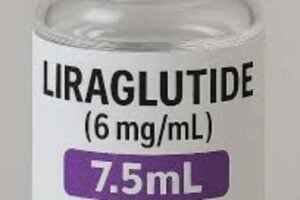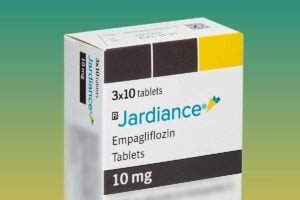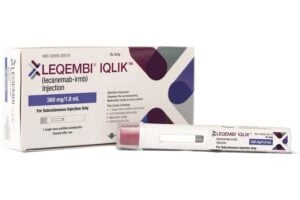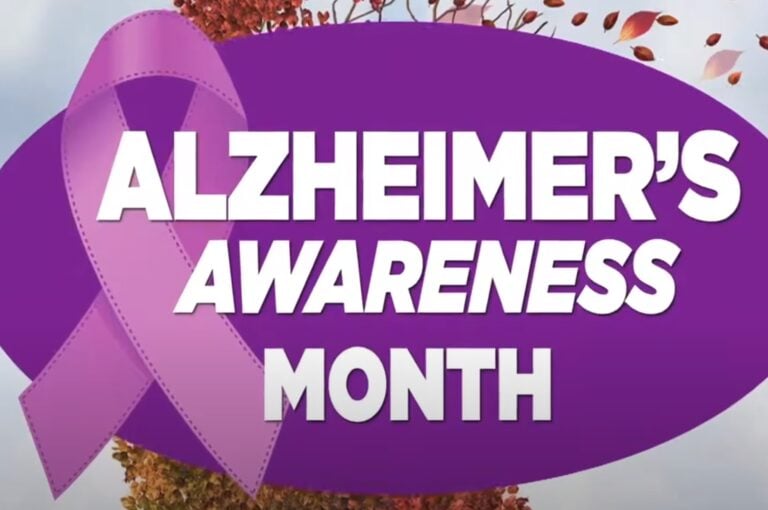Lecanemab, marketed as Leqembi, has emerged as a promising treatment for Alzheimer’s disease, offering hope to patients and caregivers alike. However, despite its potential, equitable access to this drug remains a significant challenge, with disparities in availability and affordability affecting vulnerable populations.
Below is a chart illustrating the disparities in access to lecanemab (Leqembi) based on location and socioeconomic status.
| Factor | Urban Patients | Rural Patients | Wealthier Patients | Lower-Income Patients |
|---|---|---|---|---|
| Likelihood of Access | High | Low | High | Low |
| Availability of Specialized Centers | Widely available | Limited | Accessible | Less accessible |
| Frequency of Infusions & Imaging | Easier to manage | Harder due to distance | Affordable | Expensive, out-of-pocket costs |
| Insurance Coverage & Financial Support | More likely to have private insurance | Limited insurance options | Strong coverage | Limited coverage, bureaucratic hurdles |
| Awareness & Education | High due to healthcare outreach | Lower due to geographic isolation | High | Lower in underserved communities |
This table highlights how urban, wealthier patients have significantly easier access to the drug, while rural and lower-income individuals face numerous barriers.
Barriers to Access
A recent study has highlighted stark disparities in the adoption of lecanemab, revealing that male, urban, and wealthier patients are more likely to receive the treatment. The drug, which costs approximately $26,000 per year—plus an additional $7,000 in ancillary expenses—poses a financial burden for many, particularly those without adequate insurance coverage.
Additionally, the treatment process itself presents hurdles. Patients must undergo extensive testing before becoming eligible, followed by biweekly infusions at specialized centers and periodic imaging scans. These requirements disproportionately affect individuals from lower-income backgrounds and rural areas, where access to specialized healthcare facilities is limited.
The disparity in access to lecanemab (brand name Leqembi) is particularly pronounced among urban and wealthier populations, and several factors contribute to this trend.
Urban vs. Rural Divide
Patients living in urban areas are significantly more likely to receive lecanemab than those in rural regions. A study found that 88% of lecanemab recipients resided in urban areas, compared to only 12% in rural communities. This discrepancy is largely due to the availability of specialized healthcare facilities in cities, where patients can undergo the required biweekly infusions and periodic imaging scans. Rural areas often lack these specialized centers, making it difficult for patients to access the drug.
Additionally, urban residents tend to have greater awareness of new treatments, thanks to better healthcare outreach and education. Rural patients, on the other hand, may struggle with limited transportation options, making frequent visits to infusion centers impractical.
Socioeconomic Barriers
Wealthier individuals are far more likely to receive lecanemab than those from lower-income backgrounds. The drug costs approximately $26,000 per year, with an additional $7,000 in ancillary expenses. While Medicare covers the treatment, many patients still face out-of-pocket costs that can be prohibitive. Those with higher socioeconomic status are 24 times more likely to receive lecanemab than lower-income patients, despite Medicare coverage.
Moreover, wealthier patients are more likely to have private insurance that covers additional costs, as well as access to top-tier medical specialists who can guide them through the complex eligibility process. Lower-income patients, particularly those relying solely on Medicare or Medicaid, often struggle with bureaucratic hurdles that delay or prevent access to the drug.
Policy Implications
Experts argue that these disparities highlight the need for policy intervention to ensure equitable access. Some suggest that Medicare should reassess its coverage of lecanemab, considering its high cost, modest clinical benefits, and significant safety risks. Others advocate for expanded healthcare infrastructure in rural areas and financial assistance programs for lower-income patients.
Without systemic changes, lecanemab risks becoming another breakthrough therapy that remains out of reach for those who need it most. Addressing these inequities is crucial to ensuring that all patients—regardless of location or financial status—can benefit from medical advancements.
To address these inequities, policymakers must focus on improving awareness, expanding healthcare infrastructure, and ensuring financial assistance for underprivileged patients. Without such measures, lecanemab risks becoming another example of a breakthrough therapy that remains out of reach for those who need it most.
Conclusions on Lecanemab
While lecanemab represents a significant advancement in Alzheimer’s treatment, its accessibility remains a pressing issue. Addressing geographic and socioeconomic disparities in healthcare is crucial to ensuring that all patients—regardless of background—can benefit from medical innovations. Without systemic changes, the promise of lecanemab may remain unfulfilled for many.











